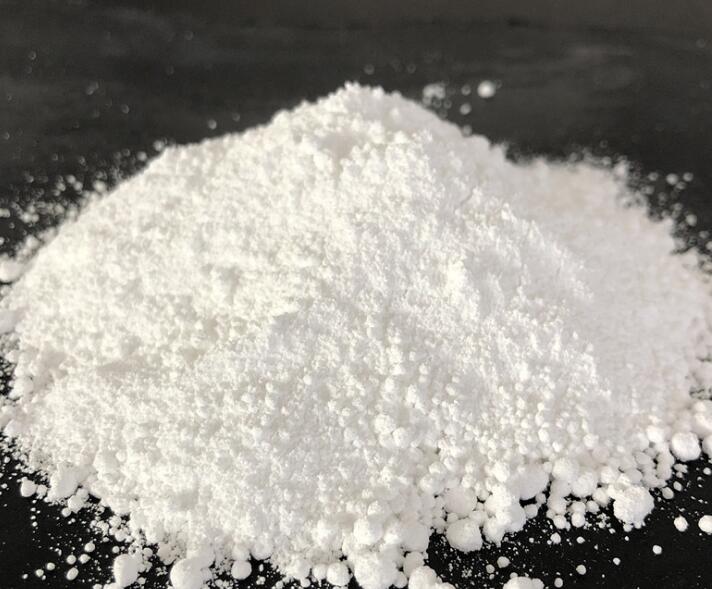Study on Preparation of Silicon Steel Grade Magnesium Oxide by Calcination of Magnesium Hydroxide

Silicon steel grade magnesium oxide (MgO) is widely used in silicon steel manufacturing, refractory materials, electronic ceramics and other fields due to its high purity, high melting point, good electrical insulation properties and chemical stability. It is a common method to prepare silicon steel grade magnesium oxide by calcining magnesium hydroxide (Mg(OH)₂). The following is a detailed discussion of this process:
Research background
Silicon steel is an important material used in the power industry to manufacture core components such as transformers and motors. Silicon steel grade magnesium oxide, as one of the key raw materials in its production process, has strict requirements on its purity and performance. Magnesium hydroxide is used as a raw material to obtain high-purity magnesium oxide by calcination. The key to this process is to control the calcination conditions to ensure that the purity and performance of the product meet the requirements of silicon steel grade.
Experimental principle
Magnesium hydroxide decomposes into magnesium oxide and water vapor at high temperature: Mg(OH)2→MgO+H2OMg(OH)2→MgO+H2O
Experimental materials and methods
Experimental materials
Magnesium hydroxide raw material: high-purity magnesium hydroxide powder.
Calcination equipment: muffle furnace or rotary kiln, etc.
Analytical instruments: X-ray diffractometer (XRD), scanning electron microscope (SEM), energy dispersive X-ray spectrometer (EDS), thermogravimetric analyzer (TGA), etc.
Experimental steps
Raw material preparation: Use high-purity magnesium hydroxide as raw material to ensure that the purity of the raw material meets the requirements.
Calcination pretreatment: Spread the magnesium hydroxide powder evenly on the tray to ensure uniform heating during calcination.
Calcination process:
Temperature control: Place the magnesium hydroxide in a muffle furnace and heat it to the required temperature (usually in the range of 700°C~1000°C) at a certain heating rate (such as 5°C/min), and keep it at this temperature for a certain time (such as 1-4 hours).
Atmosphere control: During the calcination process, it can be carried out in air or inert gas (such as nitrogen) atmosphere as needed to reduce the introduction of impurities.
Cooling: After calcination is completed, the furnace temperature is lowered to room temperature and the sample is taken out.
Performance test:
Purity analysis: Confirm whether the product is pure magnesium oxide through XRD analysis and determine its crystal phase structure.
Micromorphology: SEM was used to observe the morphology of magnesium oxide particles, and EDS was used to analyze its composition.
Thermal stability: TGA was used to test the thermal stability of magnesium oxide to ensure that it can maintain good performance at high temperatures.
Results and discussion
Purity: XRD analysis showed that the calcined product was mainly magnesium oxide with high purity and low impurity content.
Crystalline structure: XRD spectra showed that the product had good crystallinity and moderate grain size.
Micromorphology: SEM images showed that the calcined magnesium oxide had a uniform particle morphology and a narrow particle size distribution.
Thermal stability: TGA results showed that the prepared magnesium oxide had good thermal stability and could maintain a stable structure at high temperatures.
Influencing factors
Calcination temperature: Calcination temperature has an important influence on the purity and crystal structure of the product. Too high a temperature may cause grain growth and affect the performance of the product; too low a temperature may not completely decompose magnesium hydroxide.
Insulation time: Appropriate insulation time helps to ensure that magnesium hydroxide is completely decomposed and improve the purity of the product.
Atmosphere conditions: Calcination under inert gas protection can reduce the reaction of magnesium oxide with impurities in the air and improve purity.
High-purity silicon steel grade magnesium oxide can be effectively prepared by calcining magnesium hydroxide. Reasonable calcination temperature, insulation time and atmosphere conditions are the key to preparing high-quality magnesium oxide. This method provides reliable technical support for the industrial production of silicon steel grade magnesium oxide.








